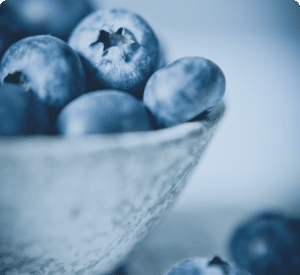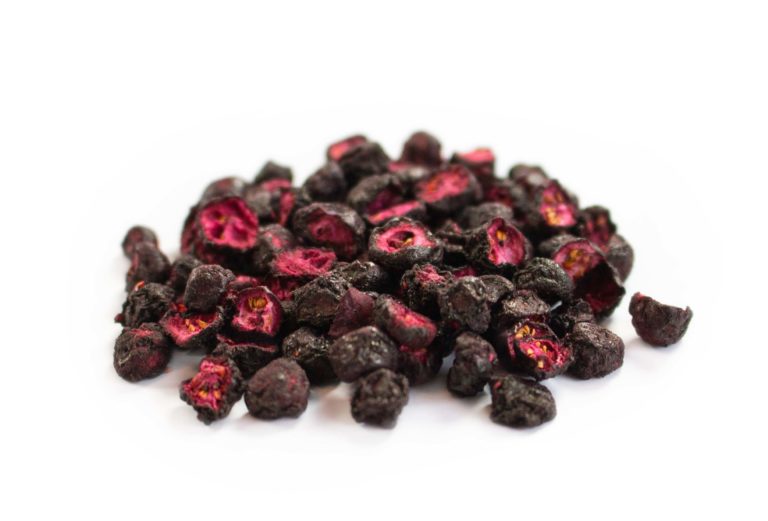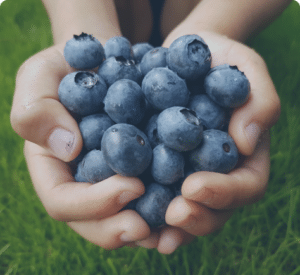
Small vitamin bombs
Due to the vitamins C and E they contain, the blue fruits are a real beauty food. Vitamin C is
Daftar link situs slot deposit qris resmi di Indonesia
Gently freeze-dried blueberries
for example to enjoy as a snack, topping for yogurt or muesli.
Along with strawberries and raspberries, blueberries are among the best-known and most popular summer fruits. Since cultivated blueberries can grow up to two meters high and the berries are easy to harvest, they can be found in many gardens in this country. The cultivated blueberry originated from breeding and is therefore not derived from the European wild blueberry, as is often assumed, but from the American blueberry (Vacciniom corymbosum). This can be clearly seen from the flesh of the fruit.
In the case of the cultivated blueberry, this is white, while the pulp of the wild blueberry is purplish-purple. In addition, cultivated blueberries taste sweeter and less aromatic, which depends on the ingredients. For example, cultivated blueberries contain more citric acid and sugar, while wild blueberries contain more quinic acid. The plant pigment anthocyanin is responsible for this colour. In the case of cultivated blueberries, however, this is only contained in the fruit peel. Its antioxidant effects help prevent oxidative stress in the body.
Since it scavenges free radicals, it can reduce the risk of cancer, protect cells and slow down the skin’s aging process. In addition, it has a positive effect on the cholesterol level and the composition of fatty acids in the blood, thus preventing the risk of strokes and heart attacks. The darker the berries are, the more anthocyanins they contain – i.e. the healthier they are. Cultivated blueberries are also full of healthy vitamins, antioxidants and minerals. Above all, they are rich in vitamin E and vitamin C and help to strengthen the immune system.
50 grams of blueberries contain just 28 calories and are particularly suitable for a low-calorie or low-carbohydrate diet. Since they provide the body with important nutrients despite the few calories, they are the key to a successful and sustainable diet. On the one hand, this is due to its high fiber content, which ensures a long-lasting feeling of satiety and at the same time a healthy intestinal flora, and, on the other hand, to the high supply of vitamin A, which significantly influences the metabolic process. Blueberries are therefore also excellent helpers with digestive problems and diarrhea. Fresh blueberries have a laxative effect, while dried blueberries help relieve mild diarrhea. Overall, blueberries cover a greater level of high quality ingredients.
You can find more information here!
The blue fruits contain a variety of ingredients ranging from various fruit acids and tannins to vitamin C.
The blue color of blueberries comes from the plant pigment anthocyanin. It is one of the so-called secondary plant substances and has positive effects on the body.

The indigestible plant part of blueberries have a positive effect on stomach and intestinal health and can help with minor digestive problems. The tannins in blueberries have an antibacterial effect and can reduce diarrhea pathogens.
They belong to the antioxidants that work against oxidative stress and protect the cells. Vitamin C and E in blueberries can also help strengthen the immune system.

Due to the vitamins C and E they contain, the blue fruits are a real beauty food. Vitamin C is

100 grams of blueberries contain just 36 calories. So you can enjoy them without hesitation as a snack in the

At best, you should eat 5 servings of fruit a day. A handful of freeze-dried fruit counts as one serving

In addition to minerals, vitamins and anthocyanins, blueberries also contain special tannins. These work against diarrhea and prevent bacteria from

When in contact with liquids, dried blueberries will soften and swell. The freeze-dried fruits can also be ground up and
Verpassen Sie keine neuen Produkte.